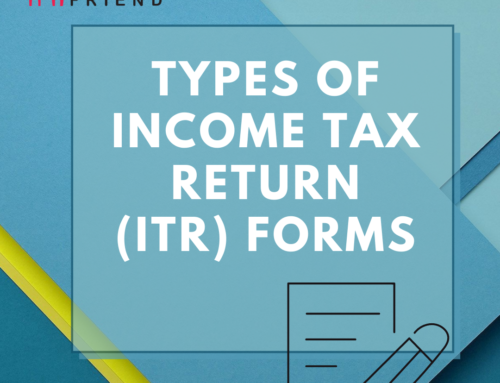Tax Saving for High Income Individuals
Every tax payer looks for ways to reduce his tax liability. Even though they may be using various deductions under section 80 C, 80 D etc, it is important to reduce the taxable income to take full advantage of tax saving.
For this Income Tax has has given relief to taxpayers under 2 heads –
- Deductions and
- Exemptions
So, the net taxable income is calculated as follows:
Earnings – Exemptions = Taxable Income
Taxable Income – Deductions = Net Taxable Income
Taxation for Salaried Employees
If we talk about salaried persons, their salary is a combination of various elements such as Basic Salary, Dearness Allowance, House Rent Allowance, Leave Travel Allowance, Conveyance. In some companies, there may be some reimbursements also like mobile, food or internet reimbursement etc.
Now, on the Basic & DA part, you need to pay full tax. But, on the other allowances and reimbursements, you can get exemptions.
Like, you get exemptions in House Rent Allowance, so you can increase your amount in HRA and reduce the same amount from your Basic salary, while filing income tax return, to claim more exemption and hence, save tax. You can ask your employer to help you save tax.
Also, you can contribute upto Rs 1.5 Lakh to your PPF account.
And, you can also claim exemption under Leave Travel Allowance, if your company gives so.
You can claim complete exemption of your train/ flight tickets for you and your family.
There are 2 more allowances which can be claimed – Children Education Allowance and Hostel Allowance.
Children Education Allowance is allowed upto 2 kids for maximum Rs 9600 annually. And, if children are studying in school then, you can also claim education allowance and if they stay in boarding, day-boarding, college hostel, then you should also claim hostel allowance.
Next comes reimbursement. If you have incurred any expense on behalf of your company, then the amount gets reimbursed. And, you need not pay any tax on it.
So, you can talk to the employer for the same and save tax.
Income Tax Deductions for Salaried Employees
Now, we move on to the deduction part.
For salaried employees, there is a standard deduction of Rs 50,000.
Under Section 80 C, you get deductions of your investments in
- PPF (Interest earned is tax free and money withdrawn at maturity is also tax free),
- Sukanya Samriddhi Yojana (Interest earned is tax free and money withdrawn at maturity is also tax free),
- Kid’s tuition fees,
- Investment in ELSS Mutual Fund,
- National Savings Certificate ,
- 5 Year Tax saving FD.
But, the maximum permissible deduction under Section 80C is Rs 1,50,000
Also, you can claim an additional deduction of Rs 50,000 under Section 80CCD for your investment in National Pension Scheme (NPS) or Atal Pension Yojana (APS)
After this, there are also some expenses on which you can claim deductions. They are:
- Health Insurance (Section 80D) – You can claim deduction of health insurance premium personally Rs 25,000 and of family Rs 50,000
- If you have taken home loan/ electric vehicle loan, then you can claim deductions on the interest part under Section 80EE
- A deduction of upto Rs 5,000 is allowed on preventive health checkups.
- You can also claim deduction of Rs 10,000 on your saving account interest or FD interest. And, for senior citizens, the limit is Rs 50,000
Tax saving on salary
To summarize, let us take an example of an employee whose annual salary is Rs 12 L
Gross earning from Salary : 12,00,000
Less: Exemptions
- HRA 3,00,000
- Children Education 9,600
- LTA 40,000
- Reimbursement 20,000
________
Taxable Income : 8,30,400
Less: Deductions
80C 1,50,000
Mediclaim 20,400
Home loan Interest 2,00,000
________
Net Taxable Income: 4,60,000
Tax Liability of such employees become zero as tax rate for income upto Rs 5 L is NIL.
In this way, you can save tax on your salary.
Want to know how you can save tax on your income ? Then, contact us.
For more detailed knowledge, watch our YouTube video on “Tax Saving for High Income Individuals” in which we have explained all the exemptions and deductions in detail. – https://youtu.be/AgAtXIQOMOQ




